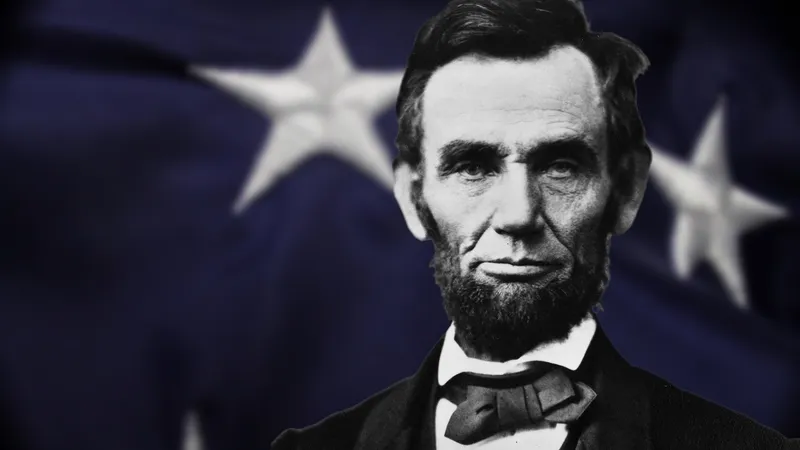During the early 1900s, Lincoln’s ‘Lord’s Prayer’ was adopted, and became a rallying cry for workers and people of all walks of life. It is an idea that is still cherished today: a truly democratic government would serve the interests of the working people. However, many people have misconceptions about the For the People Act. This article aims to dispel some of these myths.
Common misconceptions about the For the People Act
During the recent midterms, Republicans gained four of the seven House seats they lost in the previous election. In the process, they passed the Affordable Care Act, a package of reforms including a small donor matching system and automatic voter registration. But a For the People Act isn’t just a partisan political play. It would improve voting access for all Americans, including the disabled and the rural.
The For the People Act has a number of benefits, including a small donor matching system for federal elections, automatic voter registration, and a new and improved auditing system. The small donor matching system, in particular, would be a boon to candidates running for office without relying on wealthy donors.
The For the People Act has also been a boon to Republican voters who took advantage of early voting and vote by mail options during the past election cycle. The For the People Act has also been praised by Democrats for the way it makes voting more accessible and convenient for all Americans, including those in rural areas.
Lincoln’s ‘Lord’s Prayer’
During his tenure as President of the United States, Abraham Lincoln did several things that stood out from the crowd. His accomplishments include the abolishment of slavery, the founding of the country’s first federally chartered state and the modernization of the American economy in general. During this period, he also forged an alliance with Britain’s Empire of Ireland and was a staunch defender of the American flag. A notable incident occurred on April 10, 1865, when a truce was struck. Several days later, a second truce was sealed, paving the way for the eventual ending to the present day. In this more tranquil time, President Lincoln was able to steer the country in a more orderly fashion. During the ensuing tumultuous months, the Lincoln and his aides toured the continent on foot, while the stragglers stayed home for the night. A slew of high profile politicians and luminaries made their presence felt as well.
Redistricting reforms in red and purple states
Throughout the past two decades, the battle over redistricting has become increasingly polarized. Republicans have gained a substantial advantage. However, Democrats have mounted a nationwide effort to correct the imbalance.
One way to change the game is to draw maps that are fair to both parties. This can be accomplished through independent redistricting commissions. These commissions would have five members from the majority party, one from the minority party, and three at-large members. The commission would have the power to determine districts that are fair to voters. It is possible that a Democrat can win an election in a red state if the party can pull together voters from both sides of the political aisle. However, Democrats must take advantage of growth in traditionally Democratic areas.
A mapmaker can use simulations to determine voter behavior. In fact, this type of technology has improved so much in the past century that it is possible to predict voter behavior with incredible accuracy.
A true democracy would serve the interests of working people
Across the country, people on the left feel that democracy has devolved into mob rule and that there is little support for building a better future for America. This feeling is rooted in the fact that American society is polarized, and that progressives who have tended to be concentrated in urban cities lack the political power to influence national policy.
As we continue to grow and strengthen the movement for democracy, we must reach out to groups on both the left and right. We must also unify our movement to speak to racial, generational, and class-cultural divides. We must work with our key societal pillars and unlikely allies, and we must make the case for a better democracy for all Americans.
We need to develop a coherent vision of democracy that is rooted in policy ideas, philosophy, and policy action. We must also ensure that our movement is inclusive of the most disenfranchised. For example, if African American men feel that they have been mistreated by the system for decades, we must help them develop a movement that helps them to overcome the deep frustrations they feel.




